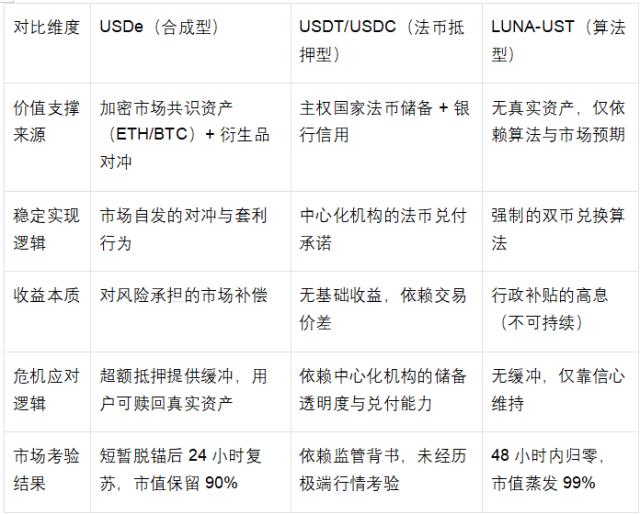
With discussions on institutionalizing stablecoins gaining momentum, particularly in the United States, this year, competition for global stablecoin infrastructure is heating up. The issuers of Tether (USDT) and USD Coin (USDC), the world's first and second largest dollar stablecoins, have announced plans to launch dedicated blockchains. This strategy aims to allow issuers to directly capture transaction fee revenue previously shared by general-purpose blockchains where stablecoins are issued and circulated, while simultaneously building their own infrastructure optimized for real-world payments and regulatory compliance.
According to DeFirama, as of 10:15 a.m. on the 8th, the total market capitalization of stablecoins reached $303.2 billion (approximately KRW 430.24 trillion). This marks the first time the market capitalization has surpassed $300 billion, representing a more than 6% increase in the past month. Compared to approximately $205.2 billion (approximately KRW 291.17 trillion) at the beginning of the year, the market capitalization has increased by 48% in just 10 months.
Related articles
- Netflix and Uber with memberships, Nexon with stablecoins… Naver Universe expands.
- Exchange Rate Risk Down…Used Car Trading with Stablecoins
- Stablecoins: A Compass for Investment in an Age of Uncertainty [Help with Asset Management]
- [CEO & Story] Jang Hyun-guk, CEO of Nexus: "Stablecoins are a battle for demand creation… Great synergy with blockchain games."
Growth was particularly notable in the third quarter of this year. According to blockchain data aggregation site RWA.xyz, a total of $45.6 billion worth of stablecoins flowed into the cryptocurrency market in the third quarter, a 324% surge from the previous quarter. USDT led the growth with $19.6 billion (approximately KRW 27.82 trillion) and USDC with $12.3 billion (approximately KRW 17.46 trillion).
The rapidly growing stablecoin market is generating enormous profits not only for major issuers like Tether and Circle, but also for the blockchain infrastructure operators that issue and distribute stablecoins. Even without directly developing or operating stablecoins, they generate transaction fee revenue simply by issuing and circulating them on the relevant chain.
Indeed, according to Zangle Research, Tron (TRX), a Layer 1 blockchain primarily used for stablecoin transactions due to its low fees and fast speeds, has achieved the highest revenue among all blockchain projects over the past year, generating $3.6 billion (approximately 5.1145 trillion won). Approximately 99% of Tron's trading volume came from USDT transactions.
Accordingly, stablecoin issuers are also developing their own dedicated blockchains. A prime example is Tether's "Stable" chain. While Tether has not officially participated as the developer, Bitfinex, a Hong Kong-based exchange with the same parent company, led the project, securing $28 million (approximately KRW 39.8 billion) in investment. With Tether CEO Paolo Ardoino serving as an advisor, it is effectively considered a Tether-led blockchain.
A key feature of stablechains is that transaction fees are paid with USDT itself, rather than a separate token. For example, on the existing Tron blockchain, sending stablecoins requires TRX, the blockchain's native token, to pay the fee. However, on stablechains, simply holding the USDT you wish to transfer allows you to process the fee simultaneously, making it much simpler and more intuitive. There's no risk of fees spikes due to token price fluctuations, allowing for stable payments at predictable costs.
There's also a strategic judgment that stablecoins require dedicated blockchains rather than general-purpose ones for real-world payments. Unlike existing payment networks like Visa, which can process tens of thousands of transactions per second, Layer 1 blockchains are significantly slower. Indeed, Ethereum, which holds approximately 45% of all USDT in circulation, can only process a maximum of 20 transactions per second. Stablechain aims to significantly improve this speed by optimizing transaction processing for stablecoin payments and remittances.
Circle, the issuer of USDC, the second-largest stablecoin by market cap, also launched its own dedicated blockchain, Arc. The Arc chain is also designed to accept USDC for fees. Furthermore, it features regulatory-specific privacy protections that minimize the exposure of sensitive user information during regular transactions while providing transaction history to regulatory authorities.
Domestic companies are also joining the stablecoin chain race. Domestic game company Wemade recently announced plans to launch "Stable One," a dedicated stablecoin chain, in the first quarter of next year. Like Stable and Ark, the chain will allow stablecoins issued on the chain to be used directly as fees and will be capable of processing over 3,000 transactions per second. Dunamu, the operator of Upbit, unveiled its self-developed Ethereum Layer 2 blockchain, "GIWA," on the 9th. While not a dedicated chain solely for stablecoins, speculation is rising that the company could transform into a stablecoin infrastructure company by signing a contract with Naver, a recent affiliate, to issue a won-denominated stablecoin.
“The era of universal blockchain-based stablecoin payments is coming to an end,” stablecoin payment company Payram said in a recent report. “The migration of payment rails has already begun, and the efficiency of value transfer over the next decade will depend on which partners are chosen.”
- Reporter Kim Jeong-woo
< Copyright ⓒ Decenter. Unauthorized reproduction and redistribution prohibited >








